After a short lunch break, the Euro-CASE conference 2018 continued as intensive as in the morning. At first, participants were able to choose between two different breakout sessions according to their interest.
The first speaker, Olivier Bousquet from Google AI, mentioned the massive progress in machine learning in the last years. For instance, neural networks have become at least as good as people in recognising images. As for the priorities in research, he referred to the list of grand engineering challenges for the 21st century published by the US National Academy of Engineering. There are many examples of how AI can contribute to solve these challenges. An example from the field of medicine is the interpretation of images of the retina in order to define whether a disease is present or not, and also extract further information from the data. Another one is the prediction of the properties of molecules in drug research. With AI it can be done much faster and precise enough.

Fernando Pérez-Cruz from the Swiss Data Science Center SDSC talked about the three skills that are needed for data science and referred to Conway’s Data Science Venn Diagram: programming (some call this also hacking skills), math and statistics knowledge, as well as problem expertise. To promote and support data science the SDSC has three lines of actuation: 1) Renku, an open platform for collaborative data science with the aim to foster collaboration, open science, and reproducibility) 2) Teaching and Mentoring activities 3) Research with labs and industry. “We do not give the fish. We teach how to fish.”
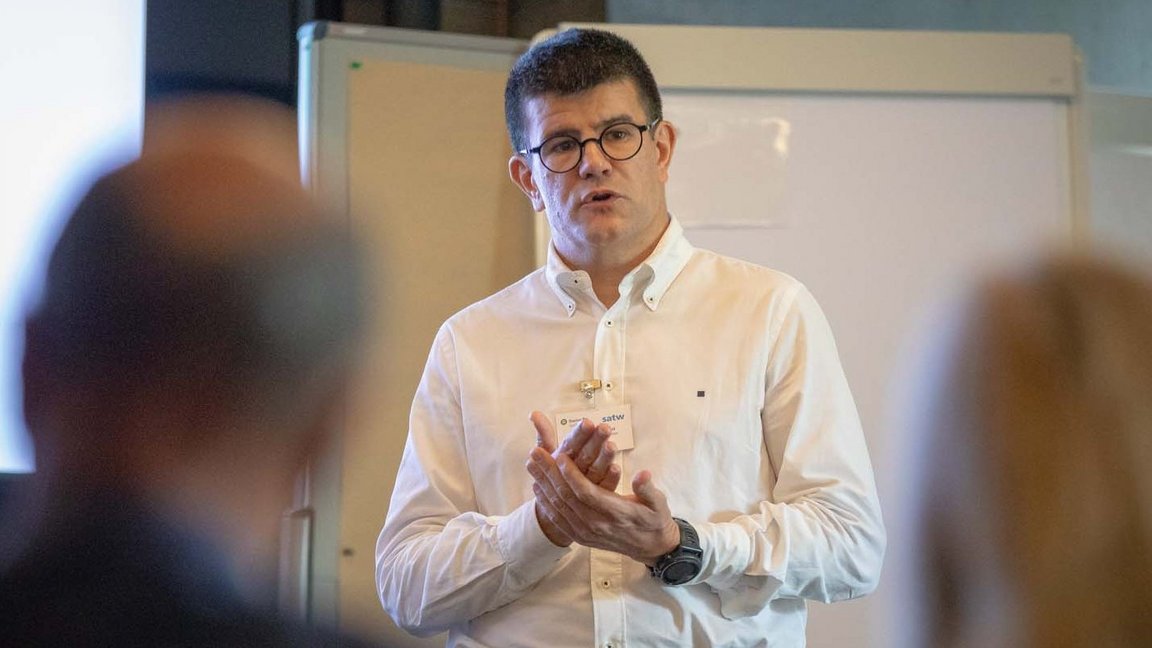
To close the session Anders Lansner from the KTH Royal Institute of Technology offered some glimpse into brain science. The brain is a very complex machine which consumes very little energy. Brain science has lots of useful data on the brain and experimental techniques develop still fast. From his point of view there is less reductionism needed in brain science, but more synthesis and theory which is an engineering approach. Mathematical modelling and computer simulation are the only way to connect the micro- with the macro-scale and the dynamic operation which links neuroscience to cognitive psychology and helps to better understand the brain including its diseases.
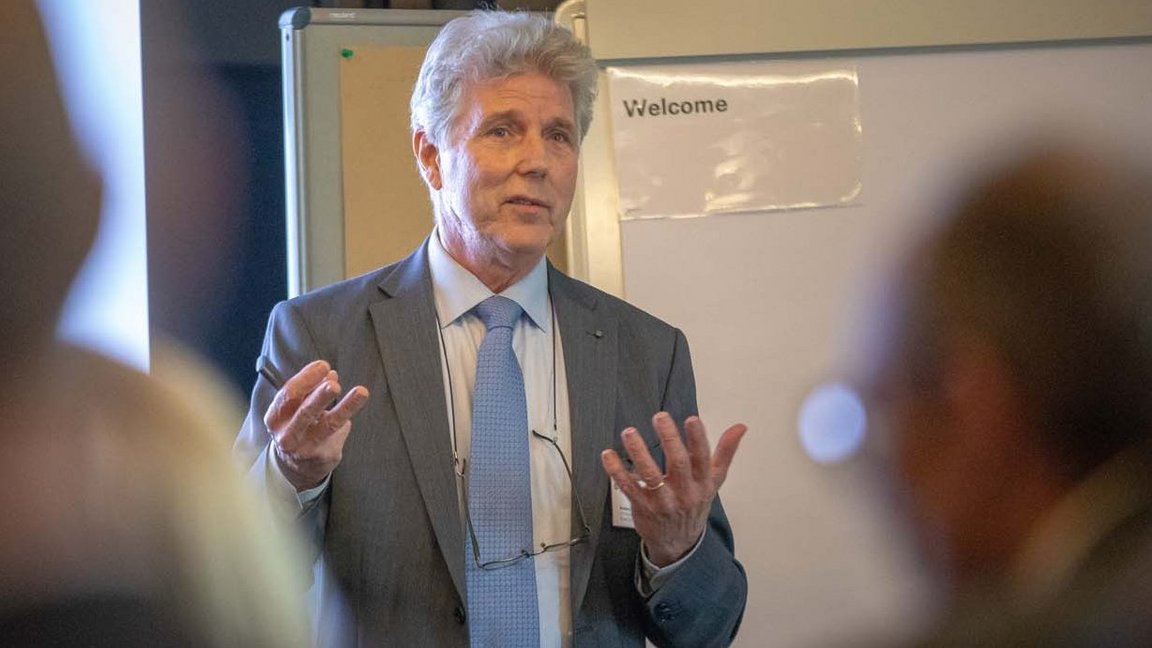
“We are not a big data company but we have a lot of structured and unstructured data”, said Dr Gianluca Antonini from Swiss Re. This includes millions of documents like contracts and appendices. In order to use AI to process these, digitisation had to be addressed first. One application he presented is a risk scanner that displays and classifies relevant articles and provides a taxonomy to accurately quantify and visualise risks. Another one is a Generative Adversarial Network for document processing: AI is used to recognise content regardless the format like tables in different shapes and styles. Among other things, Swiss Re also applies deep learning and machine intelligence for agriculture reinsurance or construction underwriting. Regardless, human knowledge is still paramount.
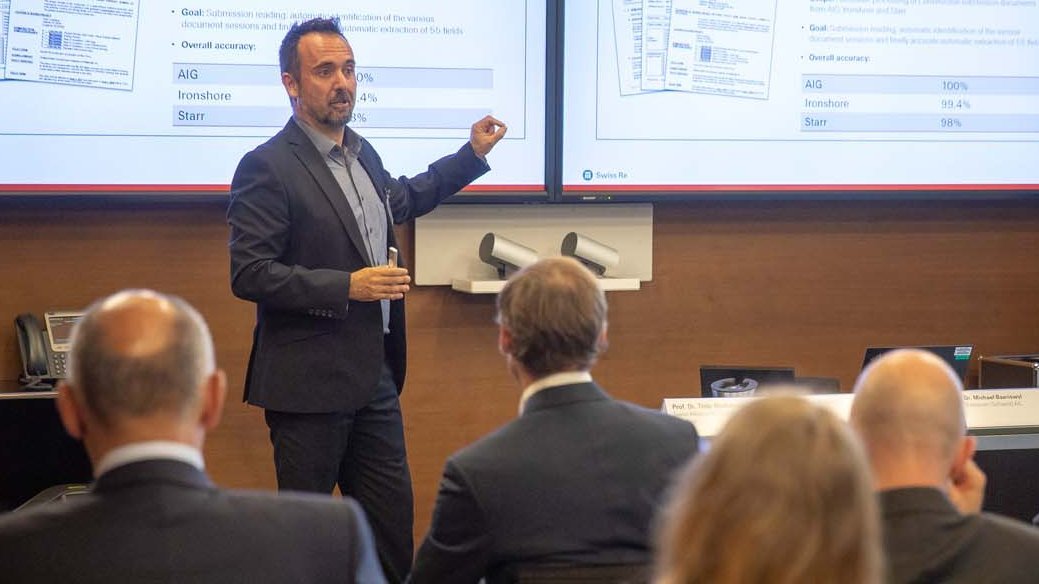
Philipp Egolf from Swisscom presented a use case in customer interaction. Alexa, Siri and the like have radically changed the perception of speech recognition. It’s increasingly becoming one of the dominant forms of customer interaction. Why is it so popular? It’s fast, hands free and precise. However, while there is 95% accuracy for English, Swisscom deals with a specific challenge: speech recognition of “Schweizerdeutsch”, different dialects with peculiar features like freedom in syntax, lots of regional variations and pronunciations and no defined orthography. All this is confusing the system. He presented how Swisscom is dealing with the issue by creating acoustic models from audio files and transferring them into speech models.
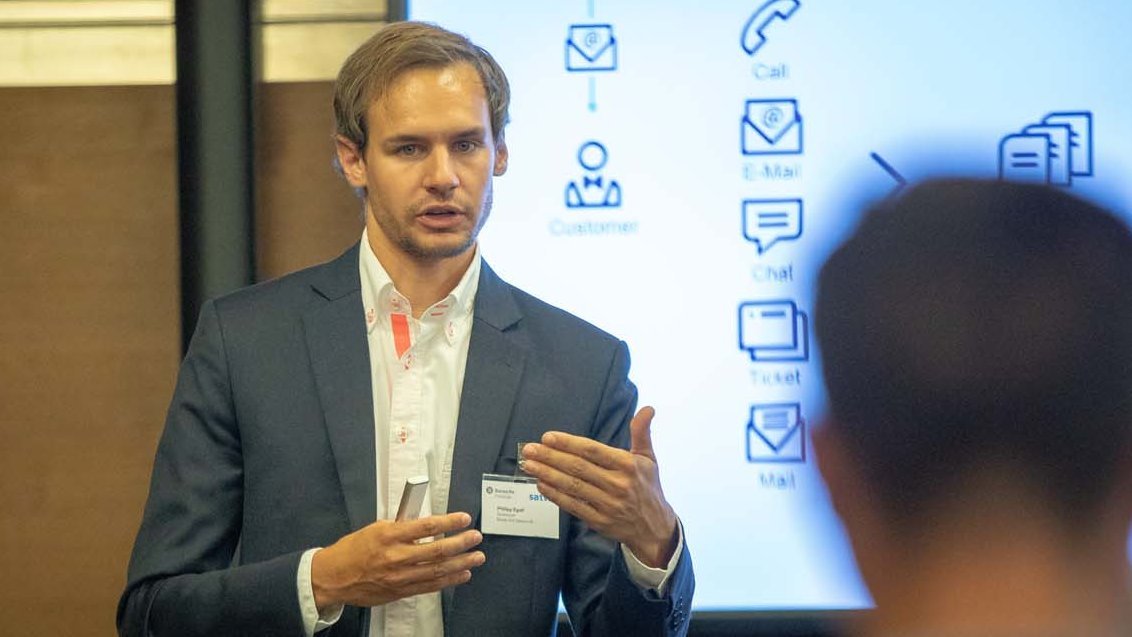
Finally, Martin Naef from ABB talked about AI in industry describing the paradigm shift: Yesterday was about programming, today is about teaching, and tomorrow will be about learning. Lots of data, sophisticated algorithms and increasing processing power are offering data-based support for human operators. ABB believes that the industry is evolving from automation to autonomous: AI will play a key role in this. While Martin Naef doesn’t expect AI to become a key factor in safety critical applications anytime soon, he sees huge potential for improving effectiveness in non-critical situations. AI can help to expand system capabilities and support operators. Key challenges are cybersecurity as well as aggregating and analysing data and making sense of it, especially in IoT.

After a short coffee break, Prof Antonio Krüger from the German Research Center for Artificial Intelligence DFKI, gave the last keynote. Founded in 1989, DFKI is a joint venture of research institutes and companies. Its main goal is to transfer AI technology into the German industry, helping especially middle-size companies to innovate. DFKI claims to have created 80 companies and more than 3200 jobs. “We try to design and implement computers with eyes, ears and common sense.” This is done in seven labs such as the Smart Factory or the Robotic Innovation Centre. Antonio Krüger gave a short overview of the history of AI research starting with heuristic systems, moving to knowledge-based and learning systems and finally cognitive systems around the year 2010. One of the big goals is to achieve autonomous systems but he also believes in humans and robots working together. “This requires new ways for the transfer of control and on how computers react to humans. Machines must understand what humans do.” Finally, he presented some AI-based retail projects such as shelve inventory done by drones.
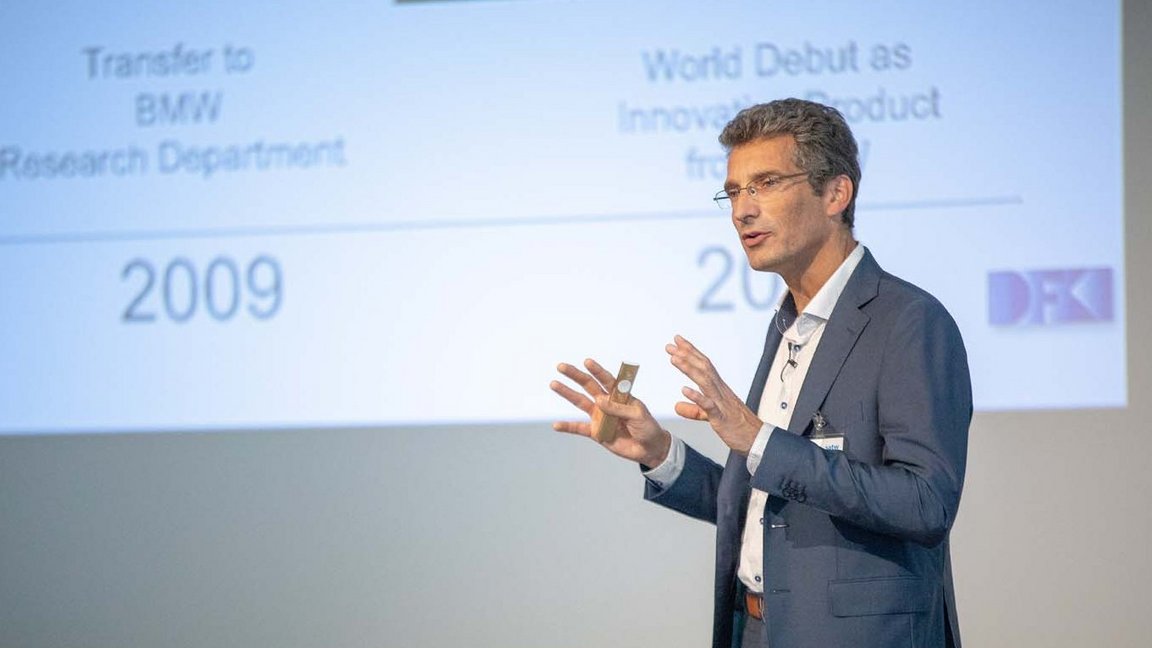
The final panel was all about the question of this year’s conference: How will AI shape our future? For Andreas Staub, Fehr Advice, AI is improving decision making: “The potential is endless.” According to Dalith Steiger, Swiss Cognitive, bots are taking over certain tasks allowing us to focus on others we human can do better. Regarding the fear of AI, Agnes Szebereny from Euresearch sees a need to educate the public. But also the engineers need to be sensitive, said Serge Droz, ICT4Peace foundation: “They should be taught about ethical questions etc.” Furthermore, he believes that we should be more honest and modest about what AI can do. “We don’t call it narrow AI for no reason.” Edy Portman proposed a change of focus: “We need to think about business models and discuss these instead of talking about Terminator.” For him, the Euro-CASE 2018 is a good example on how to address the topic. “We have to involve society and politics and not leave it to the engineers alone.” Agnes Szeberenyi pointed out that precisely this is happening. The EU for instance has established a high-level group with experts from different field, among them Luciano Floridi. Antonio Krüger said that tools can do good or bad: “We have to make sure that they best serve humans.” He believes that discussions about singularity are misplaced. He doesn’t except this to happen in the next 50 years.
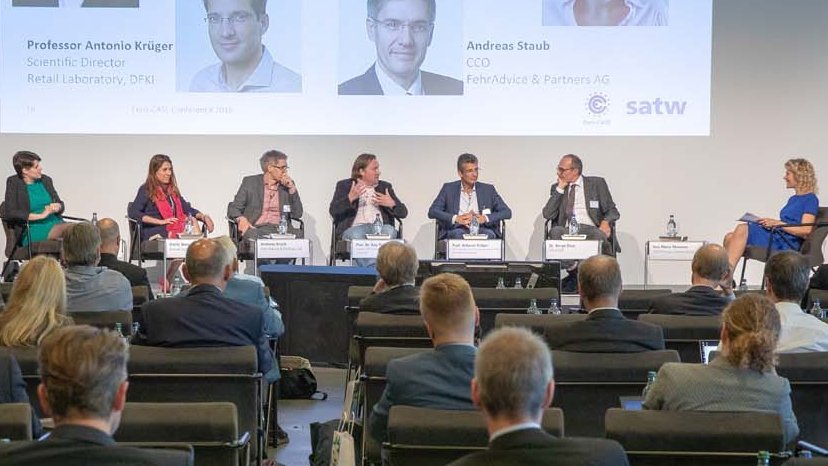
But expectations are high, as Edy Portmann experienced fist hand: “In Silicon Valley, they believe all this will happen and put their money in it. Europeans are more sceptical.” According to Antonio Krüger, this is a good thing: He questions the validity of exponential models such as Moore’s Law. Dalith Steiger is worried about the European reluctance: “If Europe and especially Switzerland is not stepping in, we will not be able to compete in the future. We have to try things and build our own ecosystem. Furthermore, there is a lot of money here to be invested.” Serge Droz warned against just trying things out. Mentioning slaughterbots he stressed the need for discussions on all levels, similar to nuclear fission. “We have to agree on how to use it and foster good behaviour.” In contrast, Andreas Staub hopes for self-regulation and that government won’t need to do it. Agnes Szebereny agreed that too much regulation is blocking innovation, as one can see in the medical field. “However, there have to be some base regulations”, she added. For Antonio Krüger, big data is the fundamental backbone of AI and access to data is a huge problem in Europe. “We are rightly proud of our data protection. But if we don’t make access easier, China and the USA will overrun us. The have way more data and leverage.”
More big questions where addressed during the Q&A session: Can AI help solving problems like climate change? Maybe. Agnes Szebereny mentioned examples where AI is helping people, such as the use of drones in disaster response to map affected areas and effectively deploy first responders. In order to improve the future with AI, education is the key, said Andreas Staub. As for the questions of replacement of jobs, he is more worried about growing inequality. For Edy Portmann the big question is how humans and machines will work collaboratively and how to combine our collective intelligence with AI. Many other questions were brought up but had to be discussed further during the aperitif. Antonio Krüger is excited that such discussions are happening. He sees many opportunities to design AI systems for the greater good.